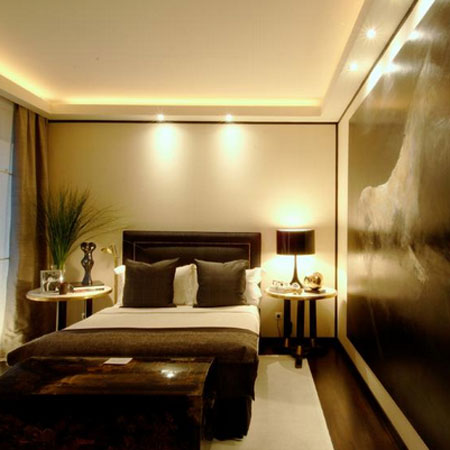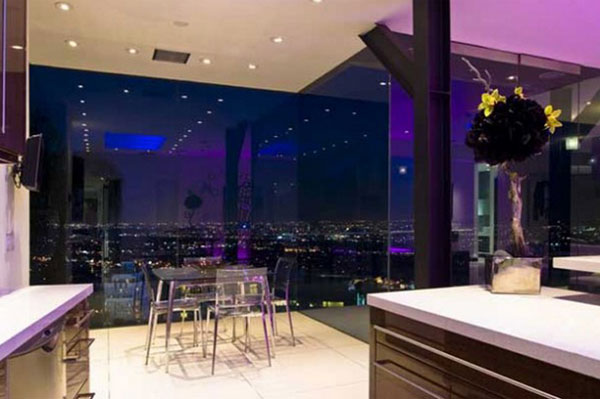When people buy things for their home they invariably consider the price as an indirect guide to what makes the best purchase. This is often not a bad way to proceed since many budget items can prove to be a false economy when they don’t perform or last terribly well.
Unfortunately though, working out the true cost of things can be a little more complicated than simply comparing respective purchase prices. You also need to factor in the cost of ownership in terms of maintenance, servicing, frequency of replacement, consumables and intangible elements such as whether an item has either a positive or negative impact on your enjoyment of your home.

home lighting sample – courtesy of ideashomedesign.net
Of course not everything you buy for your home necessarily has to represent the best quality you can afford. Sometimes low quality and/or disposable is totally the right choice. Increasingly these days though, a critical consideration (especially where electrically powered goods are concerned) is the operating cost. In other words, how efficient an item is as regards electricity consumption, with perhaps one of the most dramatic and yet most overlooked cases in point being lighting.
Until really quite recently, the vast majority of domestic lighting was delivered using incandescent light bulbs that have evolved very little since the days of their inventor Thomas Edison. But no-one ever really gave them much thought; they do the job well enough and are cheap to buy, which is just as well since they need to be replaced pretty frequently.
But the cost of actually running an incandescent electric light bulb outstrips the purchase price many times over. Take as an example a 50 watt halogen lamp as commonly found in many kitchens. If that is left on for 6 hours a day it will last about 1 year and use roughly $20 worth of electricity over that period. Put simply it costs about 10 times the initial purchase price to actually use it for its intended purpose – delivering light.

led home lighting – courtesy of demagz.com
But thankfully, these days there is another way… LED light bulbs. An LED lamp that is capable of delivering pretty much the same light as a 50W incandescent one will be rated at 6 watts. This means it will consume nearly 10 times less electricity.
The downside is that a good quality LED light bulb such as this could easily set you back $10 to begin with (though prices are constantly tumbling). But then it should last at least 20 years at 6 hours a day and furthermore the running costs are only $2.50 each year. Less than the purchase price and a lot less than sticking with “cheap” halogens.
In fact, if you run the calculation over the lifespan of this example 6W LED the respective costs of ownership work out like so:
50W halogen – ($2 purchase + $20 electricity) * 20 = $440
6W LED = $10 purchase + ($2.50 * 20) = $60
That works out at a saving of $380 per light bulb (which averages out at $19 per year). So how many light bulbs do you have exactly? Ten? That’s $190 back in your pocket each and every year. More than ten? Yeah, quite probably… work it out yourself then ask yourself whether you really intend to willfully leave that much money on the table?
So back to the original question and now it’s clear that it’s ambiguous. Where lighting is concerned it’s very much the case that as a rule those lamps that cost the least to purchase will end up costing way more down the line (and not very far down the line either), while the more expensive LED options will work out a whole lot cheaper in the end.
So, cheap to buy or cheap to run? For lighting the evidence is clear; you should always opt for the latter and you can find out loads more right here.